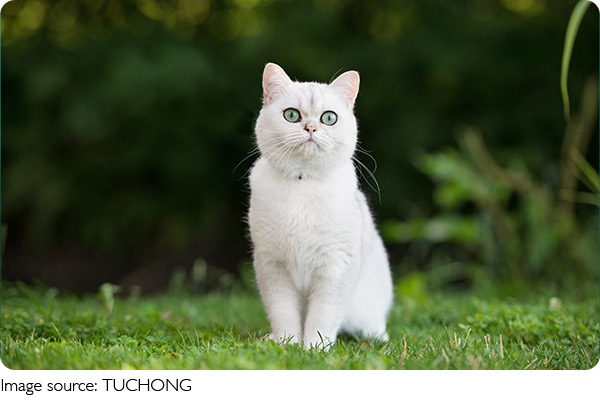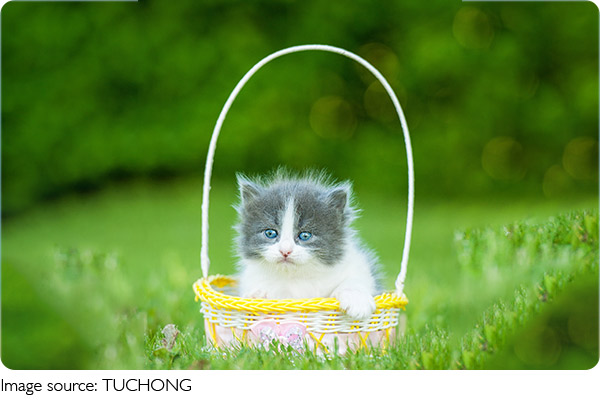Hello Kitty’s Reign

Hello Kitty, a beloved Japanese character who recently celebrated her 50th anniversary, continues to captivate fans around the world.
Despite her simplistic design of two black-dotted eyes, a yellow nose, and no mouth, she has become a merchandise empire with over 50,000 different items sold across 130 countries.

The Power of Simplicity
Hello Kitty's enduring popularity can be attributed to her simplicity. Composed of basic shapes and minimal features, she is easily recognizable and cost-effective to reproduce. Her design embodies the concept of “Kawaii,” or cuteness, which triggers psychological instincts for care and protection.
A Source of Comfort
Like other iconic characters such as Winnie the Pooh and Mickey Mouse, Hello Kitty provides a sense of comfort and nostalgia for fans of all ages. Her small, rounded design and relatable storyline make her a safe and innocent figure that resonates with consumers.
The Business Behind Hello Kitty
Sanrio, the Japanese company that owns Hello Kitty, has employed strategic collaborations with various brands to build and sustain the character's success. From partnerships with McDonald’s to licensed collaborations with Nike and Adidas, Hello Kitty has expanded into a wide range of products including electronics, fashion, and theme parks.

Diversification and Legacy
While Hello Kitty remains a significant part of Sanrio’s business, the company is diversifying its portfolio to introduce new characters that reflect contemporary social concerns. Despite this evolution, Hello Kitty’s iconic presence and commercial success have solidified her place in pop culture for the past 50 years.
In summary, Hello Kitty's universal appeal, simple charm, and strategic business partnerships have secured her position as a timeless and beloved character in the hearts of fans worldwide. Her legacy as a symbol of love, friendship, and inclusivity continues to resonate as she enters a new era of entertainment and merchandise.
Hello Kitty turns 50: Behind the 'Kawaii' icon's enduring appeal
Video By SBS News

 · Anime Team
· Anime Team